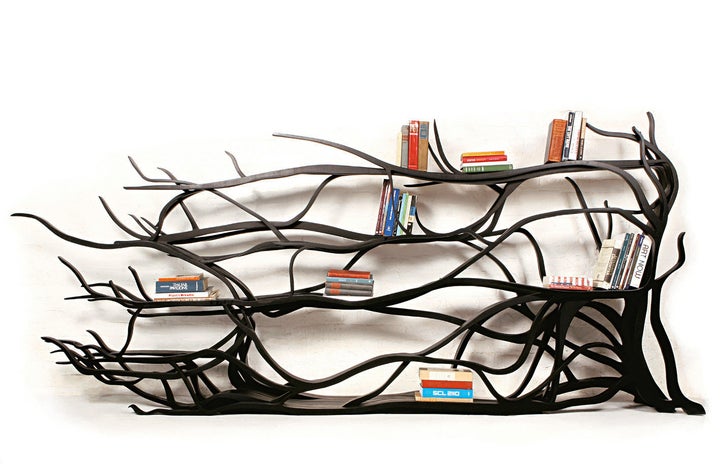
The U.S. has the most diverse, competitive and success-driven culture in the world with strong common beliefs, values and attitudes boldly reflected in everything they create. When asked what adjectives might be assigned to American design, around 200 designers from around the world participated in an online study and shared their perceptions. These comments show how the common spirit of the "melting pot" of people still persists and how it shines through in the artifacts they choose to live with. A spirit, which can help them redefine success in financially turbulent times to create a new future of sustainable progress.
Roughly the size of all of Europe, the U.S. contains subcultures as diverse as that of Inuit at the polar circle, Hispanics in at the southern boarders and city metropolis dwellers on the East Coast to that of Hawaiians living at equator. Despite being seemingly polarized along politics and religions, what steadfastly unite them are the ideas of freedom, liberty and justice for all. These value and beliefs underpins "The American Dream" that everything is possible.
The U.S. differs from the rest of the world in that it is a progress-worshipping meritocracy applying the purest version of capitalism to promote individual risk-taking and reward. Within the past three decades, a focus on stockholder value has dominated industry, resulting in short profit-oriented thinking.
The U.S. is founded on a strong Christian puritan belief system and places a strong emphasis on individual responsibility, productivity and performance. Thus the government has a hands-off-approach to how business is conducted but supports it indirectly by making heavy investments in innovation though government-sponsored research and military programs. This policy has led the U.S. from a rural colony to that of the largest economy in the world, with the largest production base and one of the highest average standards of living.
As opposed to innovation, investments in design are decentralized. Corporations build design capabilities internally or though strategic alliances with large design consultancies. Corporations also fund private design schools, through donations, sponsored projects and internships. Due to high tuition costs, most designers graduate with a bachelor degree in science, ready to contribute to a corporations' bottom-line from the start.
To reach the country's diverse population, marketing has been the long-established driver of American design. Design is informed by market studies and user-centered research and focuses on branding, market segmentation and positioning. Because of fierce competition, design is considered a tool for positioning a product in the market. This may tend to center the U.S. design of products more on technology, functionality, branding, regional lifestyle and value for the money, than communicating a national cohesive expression of meaning.
Continuously creating, building or defending a market position in competitive landscape, U.S. products are designed to be bold, conveying confidence and optimism. This is accomplished through demonstrative, straightforward and clean modern design language that is easily recognizable and plays to the users strong spontaneous and patriotic cultural emotions.
The U.S. exudes world domination, though its global military and business presence. It influences global entertainment, fashion, video games, music, movies and advertisement. The consequence is a ubiquity of U.S. design, making it synonymous with Global Design. Their iconic designs are known all over the world and their brands holds all of the top ten positions on the Interbrand Global Brand index and twenty-eight positions among the top fifty brands.
The U.S. is going through a huge transition at the moment and is taking stock of her values and all the while stockholder value has proven to be an illusionary growth measurement. Perhaps Americans are now moving away from the conspicuous consumerism of bling and cool techno gadgets and back to more sustainable basics. The past decades of retro design has seemed to rekindle the romantic American dream of returning to blue jeans, T-shirts, sneakers, freedom of expression and less stuff. A sense of service to mankind and once again to older themes of "God Bless America!"